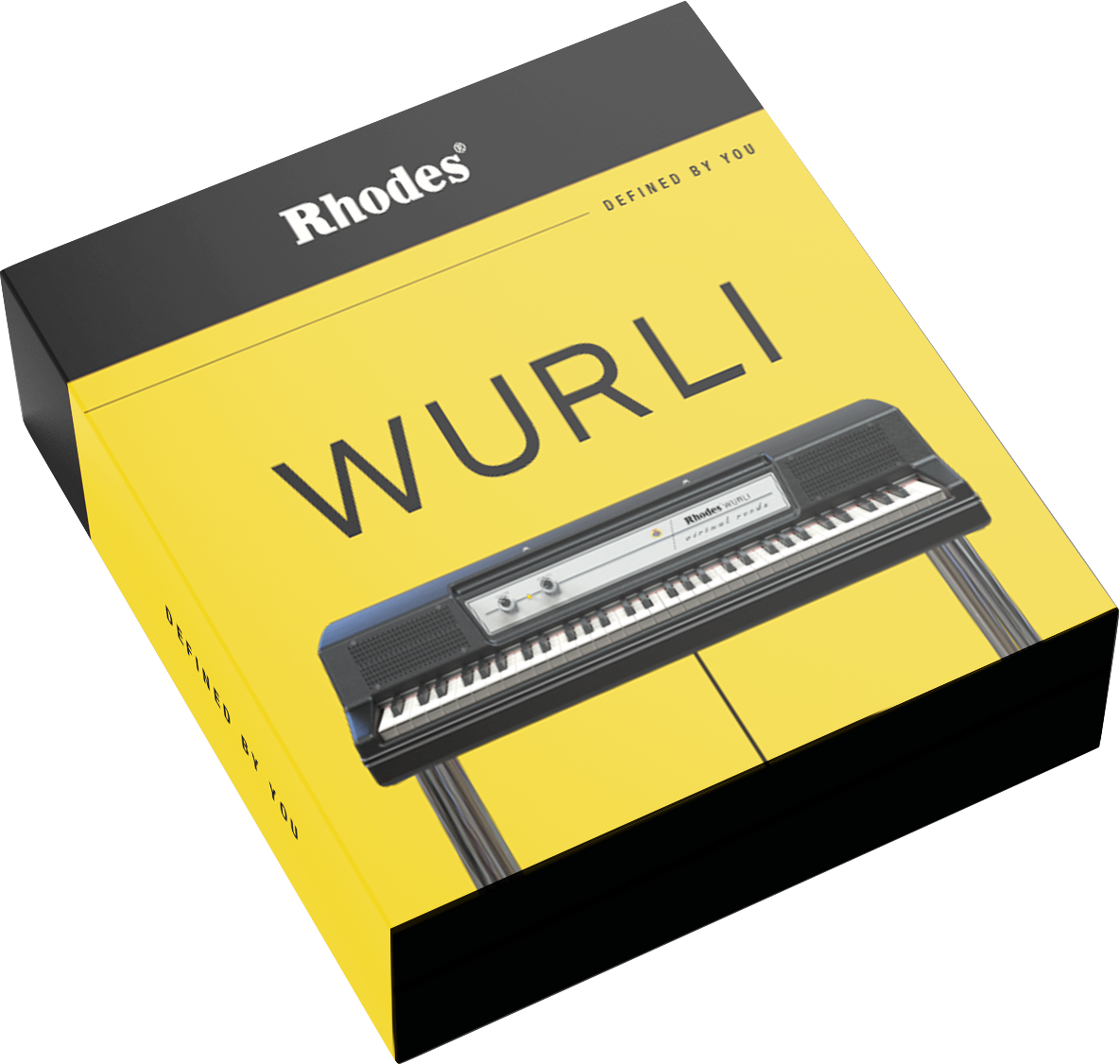The world’s first transparent mastering exciter.
Can an exciter be transparent? It can now. Our new Weiss Exciter plug-in – createdin collaboration with Weiss Engineering – does what no other exciter can. It adds harmonic content so naturally, it feels like part of the original sound, with no overcooked distortion or exaggerated EQ in sight. The result is the subtle and transparent enhancement of vibrancy and crispness, plus the preservation of your mix’s integrity. The harmonics sound so organic it’s like they were always there. Discover why this is the exciter you’ll always reach for.
The all-new Weiss Exciter is available as a standalone plug-in or as part of the new Weiss Complete Collection 2 and Flow®Mastering Suite.
Is there such a thing as a “transparent exciter?”
Traditional exciters typically add a lot of “normal” EQ-ing with just a smidge of distortion. The overall effect is essentially that of an equalizer, which is very transparent. But why not use a dedicated EQ, such as the Weiss EQ1, in that case? On the other hand, if you overdo the distortion with a traditional exciter, you often end up with too much audible distortion that doesn’t sound very nice. You would be better off using a dedicated saturator. So, with a traditional exciter, you often have either a lot of EQ-ing or too much distortion. But with Weiss Exciter, you get sonically pleasing harmonics with minimal EQ effect.
Finally, a transparent exciter.
We've added several features that make Weiss Exciter truly transparent and help to battle the traditional issue of excess EQ-ing or too much distortion. Adaptive non-linearity ensures the harmonics are relevant and consistent regardless of the signal level. The Mastering switch reduces the amount of the fundamental frequency in the distortion, thereby reducing the EQ effect. You can also use precise pre- and post-filtering to target specific areas of your mix. We mathematically designed four different Harmonics Modes to ensure an elegant sound with enough harmonics to create the exciter effect. And the filters are phase-compensated to avoid phase-cancellation effects between the added harmonics and the original audio. The result is a "high-end sparkle" that sounds vastly different from standard EQs, saturators, and other tricks.
Adaptive non-Linearities
To get a transparent excitement, you need constant control over the generated harmonics. Too little harmonics, and there is no effect at all. Too many, and the audio will start to sound grainy, distorted, or harsh. Adaptive Mode will always keep the harmonics in the sweet spot.
The graph above shows the difference between Adaptive Mode on and off. With Adaptive Mode on (red curve), you will keep your audio in the sweet spot, creating harmonics without hard clipping. With Adaptive Mode turned off, the audio will start to clip when you increase the signal level.
In short
- The world’s first transparent mastering exciter
- Console 1-ready
- Professional mastering engineer options
- Four Harmonic Modes
- Independent Target and Output bands
- Linear Phase mode
- Adaptive non-linearities
- Mastering mode to reduce fundamental frequencies
- Included in Flow® Mastering Suite and as a standalone perpetual plug-in











